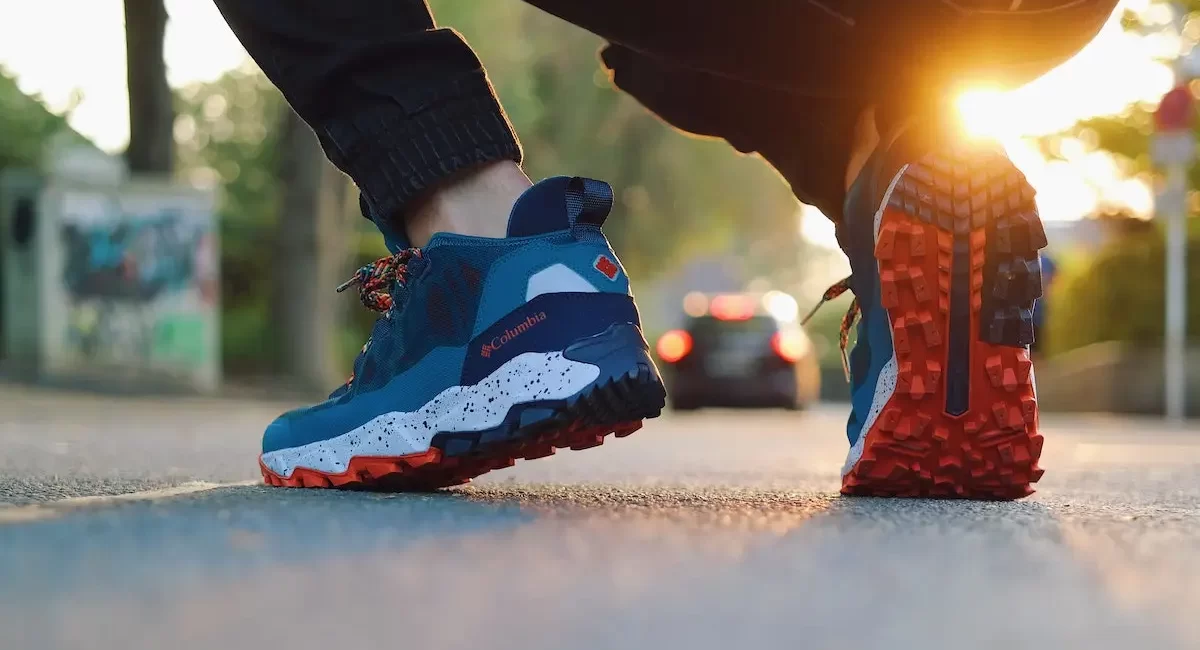Choosing the Right Shoe: A Comprehensive Guide
Choosing the right shoe is more than just a matter of style—it’s crucial for comfort, foot health, and overall well-being. With countless options available, making the right choice can be overwhelming. This guide will help you navigate through the key factors to consider when selecting shoes, ensuring you make an informed decision that supports both your lifestyle and foot health.
Understanding Your Foot Type
1. Identify Your Foot Arch
Your foot arch plays a significant role in determining the best type of shoe for you. There are three primary arch types:
- High Arch: If you have high arches, your foot tends to roll outward. Look for shoes with good cushioning and support to absorb shock and reduce pressure.
- Flat Arch: Flat feet often roll inward. Choose shoes with supportive insoles and stability features to correct overpronation and provide balance.
- Neutral Arch: If you have a neutral arch, your feet naturally maintain a balanced position. Opt for well-cushioned shoes that offer general support and comfort.
2. Measure Your Feet
Feet can change over time due to factors like age, weight, and health. Measure your feet regularly to ensure you’re wearing the correct size. Measure both feet, as one may be slightly larger than the other, and choose a size that accommodates the larger foot.
Selecting the Right Shoe Type
1. Casual Shoes
Casual shoes are designed for everyday wear and come in various styles, including loafers, sneakers, and flats. When choosing casual shoes:
- Comfort: Ensure they have a soft, supportive insole and ample cushioning.
- Fit: The shoes should fit snugly without being too tight. Check for enough room in the toe box.
2. Athletic Shoes
Athletic shoes are tailored for specific sports and physical activities. Here’s what to consider:
- Activity-Specific Design: Choose shoes designed for your particular activity (running, basketball, hiking). Each type offers unique features to enhance performance and reduce injury risk.
- Arch Support: Look for shoes with appropriate arch support based on your foot type.
3. Formal Shoes
Formal shoes, such as dress shoes, should offer both style and comfort. When selecting formal footwear:
- Leather Quality: Opt for high-quality leather that molds to your feet over time.
- Sole Flexibility: A flexible sole helps in maintaining comfort throughout extended wear.
4. Work Shoes
If you have a job that requires standing or walking for long periods, prioritize:
- Support: Look for shoes with excellent arch support and cushioning.
- Durability: Choose durable materials that can withstand daily wear and tear.
Features to Look For
1. Fit and Sizing
A well-fitting shoe should have a snug fit around the heel, with enough room in the toe box to wiggle your toes. Shoes that are too tight can cause blisters and discomfort, while shoes that are too loose can lead to instability and foot problems.
2. Cushioning and Support
Proper cushioning and support are essential for comfort and injury prevention. Look for shoes with:
- Shock Absorption: To reduce impact on your feet and joints.
- Arch Support: To maintain proper foot alignment and reduce strain.
3. Breathability
Breathable materials, such as mesh or perforated leather, help keep your feet cool and dry. This is particularly important for preventing foot odor and fungal infections.
4. Flexibility
The shoe should bend and flex in alignment with your foot’s natural movements. Stiff shoes can restrict movement and cause discomfort.
5. Traction
For safety, especially on slippery or uneven surfaces, ensure your shoes have adequate traction. The outsole should provide a good grip to prevent slips and falls.
Tips for Trying On Shoes
1. Shop Later in the Day
Feet tend to swell throughout the day, so try on shoes in the afternoon or evening when your feet are at their largest. This helps ensure a better fit.
2. Wear Your Usual Socks
Try on shoes with the type of socks you plan to wear regularly. This will give you a more accurate sense of fit and comfort.
3. Walk Around
Take a few minutes to walk around the store or try on shoes at home to assess comfort and fit. Pay attention to any areas of rubbing or discomfort.
4. Consider Orthotics
If you use custom orthotics, bring them along when trying on new shoes. Ensure the shoes have enough space to accommodate them.




Leave a Comment